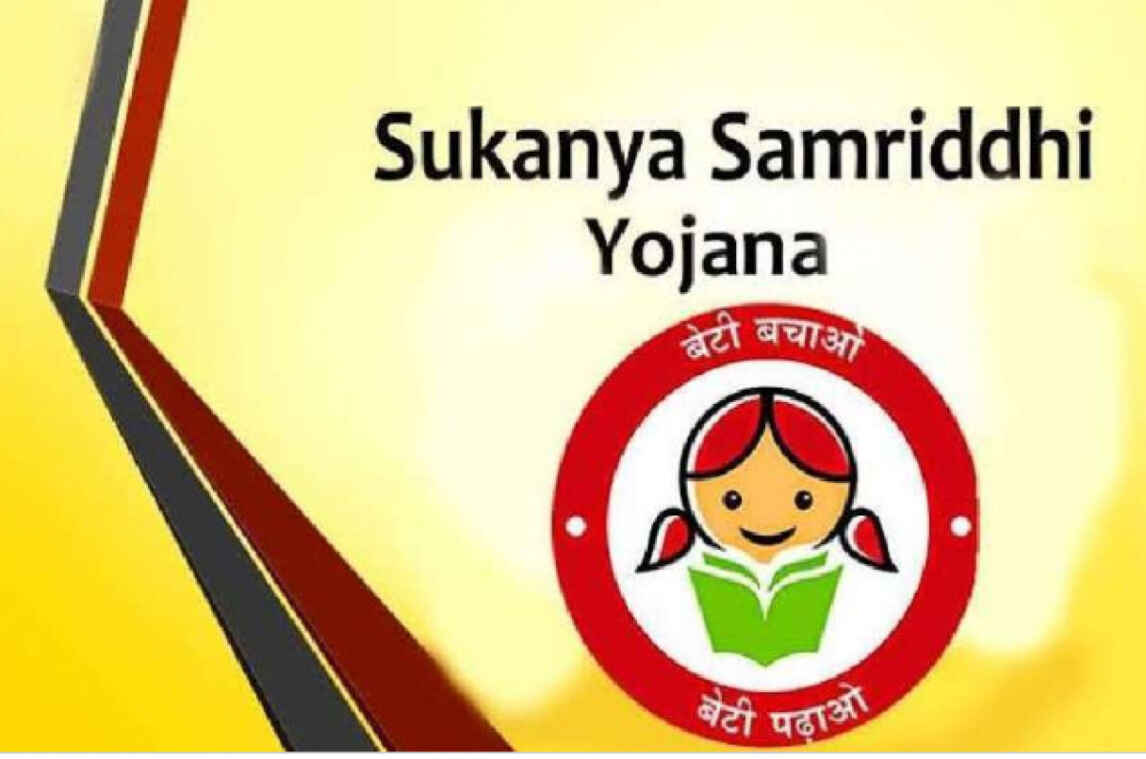National Savings Certificate (NSC) Interest Rate July-September 2023: Will it jump?
National Savings Certificate (NSC) Interest Rate July-September 2023: The NSC interest rate for the July-September quarter of FY 2023-24 will be announced today (June 30)

National Savings Certificate (NSC) Interest Rate July-September 2023: Will it jump?
The interest rate for the National Savings Certificate (NSC) for the July-September quarter of FY 2023-24 is set to be announced today, June 30th. NSC account holders are hoping for a further increase in the interest rate, but it is unlikely as the GovernmentGovernment already raised it in the previous quarter.
During the April-June quarter of FY 2023-24, the NSC interest rate was increased to 7.7%. The NSC account allows investors to deposit any amount, with a minimum deposit of Rs 1000 and subsequent multiples of Rs 100. Contributions of up to Rs 1.5 lakh per year in an NSC account can be claimed as a tax deduction under Section 80C of the Income Tax Act.
It is important to note that while contributions to an NSC account are eligible for tax deductions, the interest earned from NSC deposits is not tax-free. Any interest earned is subject to tax as per the individual’s income tax slab.

While NSC account holders may have hopes for a further increase in the interest rate, it is uncertain whether such an increase will be announced for the upcoming quarter. The decision on the interest rate will be made by the government, taking into consideration various factors such as prevailing market conditions and the overall economic outlook.
Individuals interested in investing in NSC accounts or those who already hold NSC accounts should closely monitor the announcement of the interest rate for the July-September quarter to make informed decisions regarding their investments and tax planning.
During the last two quarters of 2023, the Finance Ministry in India adjusted the interest rates for various small savings schemes. These changes impacted schemes such as the Senior Citizen Savings Scheme (SCSS), National Savings Certificate (NSC), Sukanya Samriddhi Yojana (SSY) account, Kisan Vikas Patra (KVP), and several Post Office deposit schemes, including Post Office Time Deposit, Post Office Monthly Income Scheme (POMIS), and Post Office Recurring Deposit (RD). Notably, the interest rate for the Public Provident Fund (PPF) remained unchanged.
The Finance Ministry’s decision to increase the interest rates for these small savings schemes was intended to make them more attractive to investors. By adjusting the rates, the GovernmentGovernment aimed to provide better returns and promote savings among individuals, mainly when interest rates in the banking sector were relatively low.
The specific interest rate adjustments varied for each scheme. The aim was to strike a balance between offering competitive rates and ensuring the plans remained financially sustainable for the GovernmentGovernment.
The Senior Citizen Savings Scheme (SCSS) is designed to provide financial security to senior citizens. It offers them higher interest rates compared to other savings options. The interest rate hike in this scheme aimed to support retirees and senior citizens in growing their savings.
The National Savings Certificate (NSC) is a fixed-income investment that allows individuals to save while enjoying tax benefits. The interest rate increase for NSC was intended to make it a more appealing investment option.
The Sukanya Samriddhi Yojana (SSY) account focuses on the welfare and future of the girl child; by increasing the interest rate for SSY, the Government aimed to encourage parents to invest in the scheme for the long-term financial well-being of their daughters.

Kisan Vikas Patra (KVP) is a savings scheme that provides a safe and reliable investment option for individuals in rural areas. The interest rate hike for KVP aimed to support agricultural communities and promote savings among farmers.
Additionally, adjustments were made to the interest rates of various Post Office deposit schemes like Time Deposit, Monthly Income Scheme (POMIS), and Recurring Deposit (RD). These changes were implemented to ensure that individuals who rely on these schemes for their savings have access to competitive interest rates.
While the interest rates for most small savings schemes were increased, the Public Provident Fund (PPF) interest rate remained unchanged.
PPF is a popular long-term investment scheme that offers tax benefits. The decision to keep the PPF interest rate stable may have been driven by factors such as the scheme’s long-term nature and its role in providing a secure retirement savings option.
Overall, the adjustments in interest rates for small savings schemes aimed to strike a balance between providing attractive returns to investors and ensuring the financial sustainability of these schemes. The changes were made to encourage savings, support specific population segments, and promote long-term economic well-being.
Considering that the Reserve Bank of India (RBI) has recently paused the repo rate hike after implementing a cumulative increase of 2.5% since May 2022, it is unlikely that there will be a further hike in the interest rate for the National Savings Certificate (NSC) account today.
The interest rates of small savings schemes, including the NSC, are closely linked to Government Securities (G-Secs) yields. The Finance Ministry conducts a review of the interest rates for small savings schemes, such as the NSC, on a quarterly basis during the financial year. The review considers the G-Secs yields observed over the previous three months.
The RBI has chosen to pause the repo rate hike, indicating a cautious stance regarding interest rate movements. The repo rate is the benchmark interest rate at which the RBI lends to commercial banks. The decision to pause the hike suggests that the central bank is assessing the economic situation and may be concerned about the potential impact of further rate increases.
Given this context, it is unlikely that there will be a significant change in the interest rate for the NSC account during this review. The Finance Ministry will consider the prevailing G-Secs yields, which are influenced by various factors, including market conditions, inflation outlook, and fiscal policies.
While NSC account holders may hope for an increase in the interest rate, it is important to note that the decision is based on a thorough assessment of economic indicators and the need to balance encouraging savings and maintaining fiscal stability.
Investors and individuals interested in NSC accounts should closely monitor the announcement from the Finance Ministry to gain insights into the interest rate for the upcoming quarter. This information will be crucial for financial planning and investment decisions, particularly for those seeking fixed-income investment options.
Considering that the interest rates offered by the government on most small savings schemes, including the National Savings Certificate (NSC), are already on par with the fixed deposits offered by banks, the likelihood of a further increase in the NSC interest rate is indeed low. Furthermore, the recent pause in the repo rate hike by the Reserve Bank of India (RBI) and the downward trajectory of inflation further support this view.

The GovernmentGovernment sets the interest rates for small savings schemes based on various factors, including market conditions, inflation trends, and the need to balance encouraging savings and maintaining fiscal stability. With the current interest rates already competitive compared to bank fixed deposits, the GovernmentGovernment may not find it necessary to further increase the NSC interest rate.
The RBI’s decision to pause the repo rate hike suggests a cautious approach to interest rate movements. The repo rate plays a crucial role in determining banks’ borrowing costs and influences the interest rates they offer on various financial products. The pause in the repo rate hike indicates that the central bank is assessing the overall economic situation, including inflation levels and growth prospects.
Moreover, falling inflation rates also contribute to the expectation of a limited scope for an upward revision of the NSC interest rate. When inflation remains under control, it provides less impetus for policymakers to increase interest rates to curb rising prices. The current trend of declining inflation indicates a stable economic environment, which reduces the pressure to raise interest rates on small savings schemes like the NSC.
While the NSC remains an attractive investment option due to its tax benefits and competitive interest rates, it is important for investors to consider the prevailing economic conditions and expert opinions when making financial decisions. Monitoring announcements from the Finance Ministry regarding any changes in the NSC interest rate will provide clarity on the Government’sGovernment’s stance and help individuals plan their investments accordingly.




